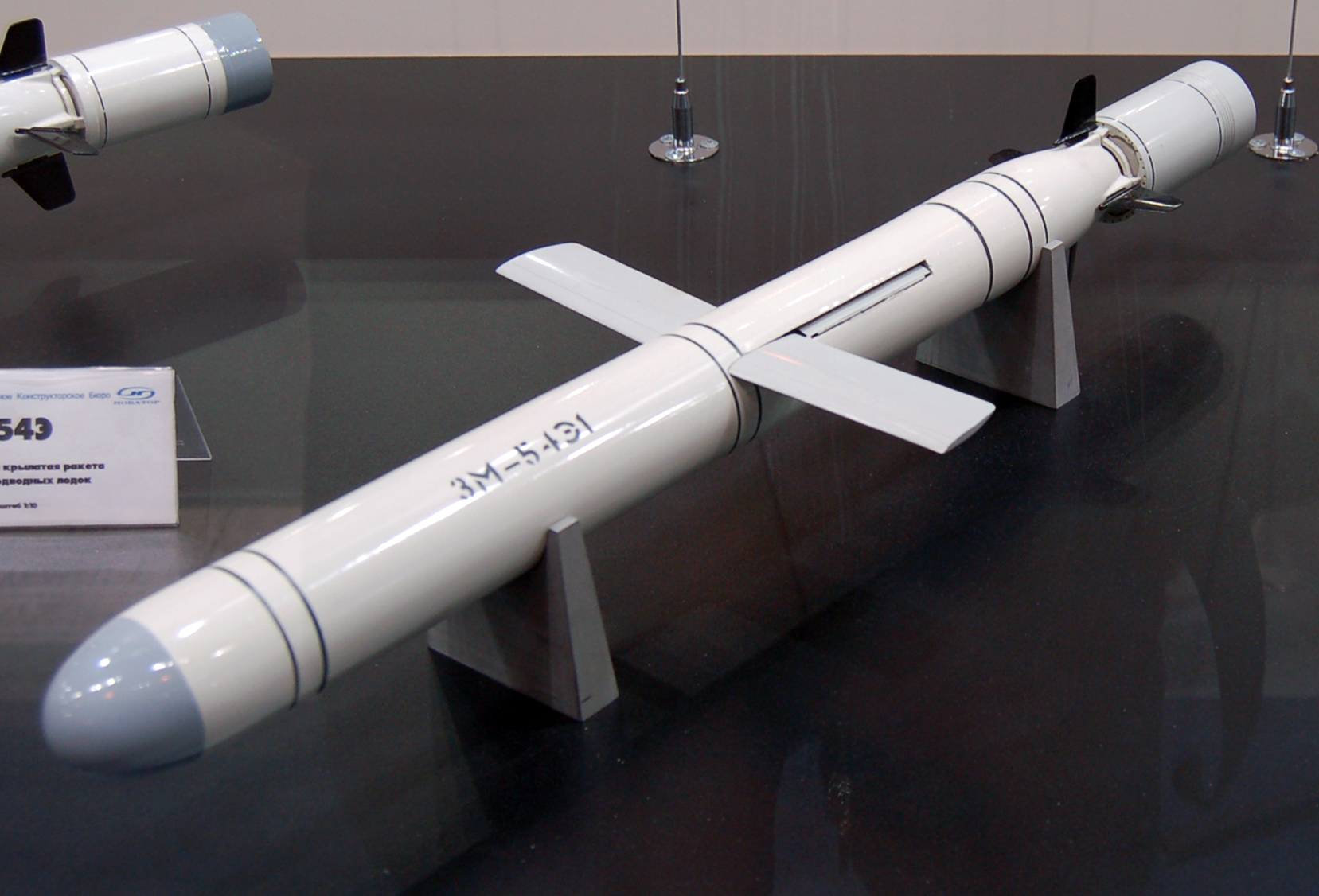By
Mihir Sharma
The launch of China’s second aircraft carrier, expected as soon as this week, will be an important and depressing moment for India. The “Type 001A” -- likely to be named the “Shandong” -- will give China an edge for the first time in the carrier race with its Asian rival, a literal two-to-one advantage. After
decommissioning the INS Viraat earlier this year, the Indian Navy is down to a single carrier, INS Vikramaditya.
Worse, the Shandong has been built at China’s own giant shipyard at Dalian; Vikramaditya is merely a repurposed 1980s-era Russian carrier formerly known as the Admiral Gorshkov.
Even more telling than the raw numbers is what China’s progress says about India’s ability to provide security in its own backyard. Chinese naval strategists have open designs on the Indian Ocean:
According to one, “China needs two carrier strike groups in the West Pacific Ocean and two in the Indian Ocean.” The government of Prime Minister Narendra Modi has talked a great deal about revitalizing the Indian military; it’s opened the defense sector up to greater foreign investment and is building a much-closer relationship with the U.S. military, largely with China in mind. But
spending has lagged. Worse, successive governments simply don’t seem to have thought through where best to direct those scarce resources.
For its part, the Indian Navy has gone all-in on a strategy that
emphasizes carrier battle groups.
The idea is that India must dominate the ocean that bears its name and needs carriers in order to project power well beyond its shores.
As a result, it wasted far too much time and treasure on the Admiral Gorshkov, which arrived from Russia six years late and at three times the cost that had initially been promised.
Its efforts to develop a homegrown carrier have been even more misbegotten. The Navy plans to name, commission and float the INS Vikrant next year. At that point, the ship
reportedly won’t have its aviation complex in place, or even anti-aircraft missiles. The Navy has puzzlingly refused to buy India’s indigenous light fighter, the Tejas, saying it’s too heavy.
Meanwhile, the MiG-29s being used instead are enormously troubled, according to India’s government auditor; more than 60 percent of their engines were withdrawn from service or rejected in just four years. The Vikrant will only be properly combat-ready by 2023 -- eight years behind schedule.
No one would expect India to match China’s defense spending head-to-head. China’s economy is four times the size of India’s; not surprisingly, its defense budget is at least
three times larger. But the People’s Republic faces a parallel dilemma when confronting the U.S., whose military budget is about three times as big as China’s.
China has approached this disparity with a much clearer strategy in mind, as well as a far more rational evaluation of its relative strength. Rather than focusing on matching America’s carrier fleet, China first emphasized asymmetric weaponry such as ballistic missiles and submarines, a reflection of the Soviets’
successful Cold War strategy. Only now -- as its interests and capabilities have grown -- is it pouring resources into developing carrier groups.
By contrast, India’s carrier-first strategy has drained the Navy of resources and left it with just 13 conventional submarines in service. Eleven of those are more than a quarter-century old. The two new ones, amazingly, were commissioned and sent out to wander the deep sea
without their main armament, torpedoes. Nor has India tried to counter China’s numerical superiority -- 70 to 15 -- in terms of submarines with specialized anti-submarine weaponry, including helicopters. The Indian fleet has less than 30 superannuated medium-sized anti-sub helicopters, the
first of which was bought in 1971.
India’s problem isn’t ultimately a shortage of money; it’s a lack of forethought and political courage. Carriers are big and showy, and bolster national pride; diesel submarines don’t, or at least not to the same degree. A more rational strategy for India -- and its peers in Asia and the Pacific Rim who fear China’s growing military might -- would ensure that India’s submarine fleet and its anti-submarine armaments are capable enough on their own to deter attempts to control the Indian Ocean, while closer ties with other navies fill in the gaps.
That would require a clear-eyed appraisal of India’s defense and economic capabilities and requirements -- a problem when India doesn’t have an outline of its strategy on the lines of
American or
Chinese white papers, nor even a full-time defense minister. The Navy is fortunately
starting to train more closely with the U.S. and other partners such as Japan, which should increase its effectiveness. But until it thinks harder about where its money should go, it’s going to have a tricky time keeping China out of its backyard.
https://www.bloomberg.com/view/arti...ina-s-new-aircraft-carrier-should-worry-india

















